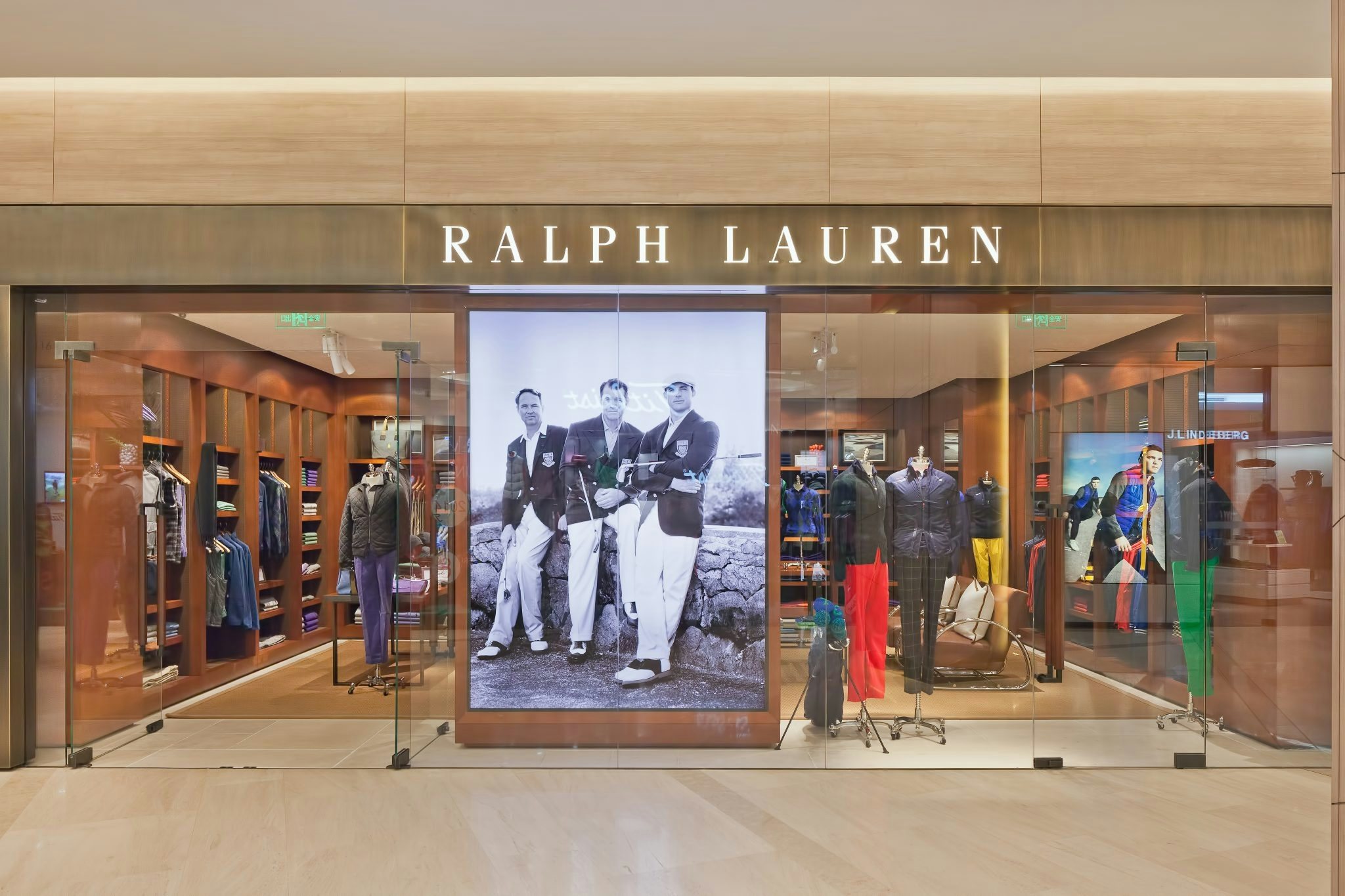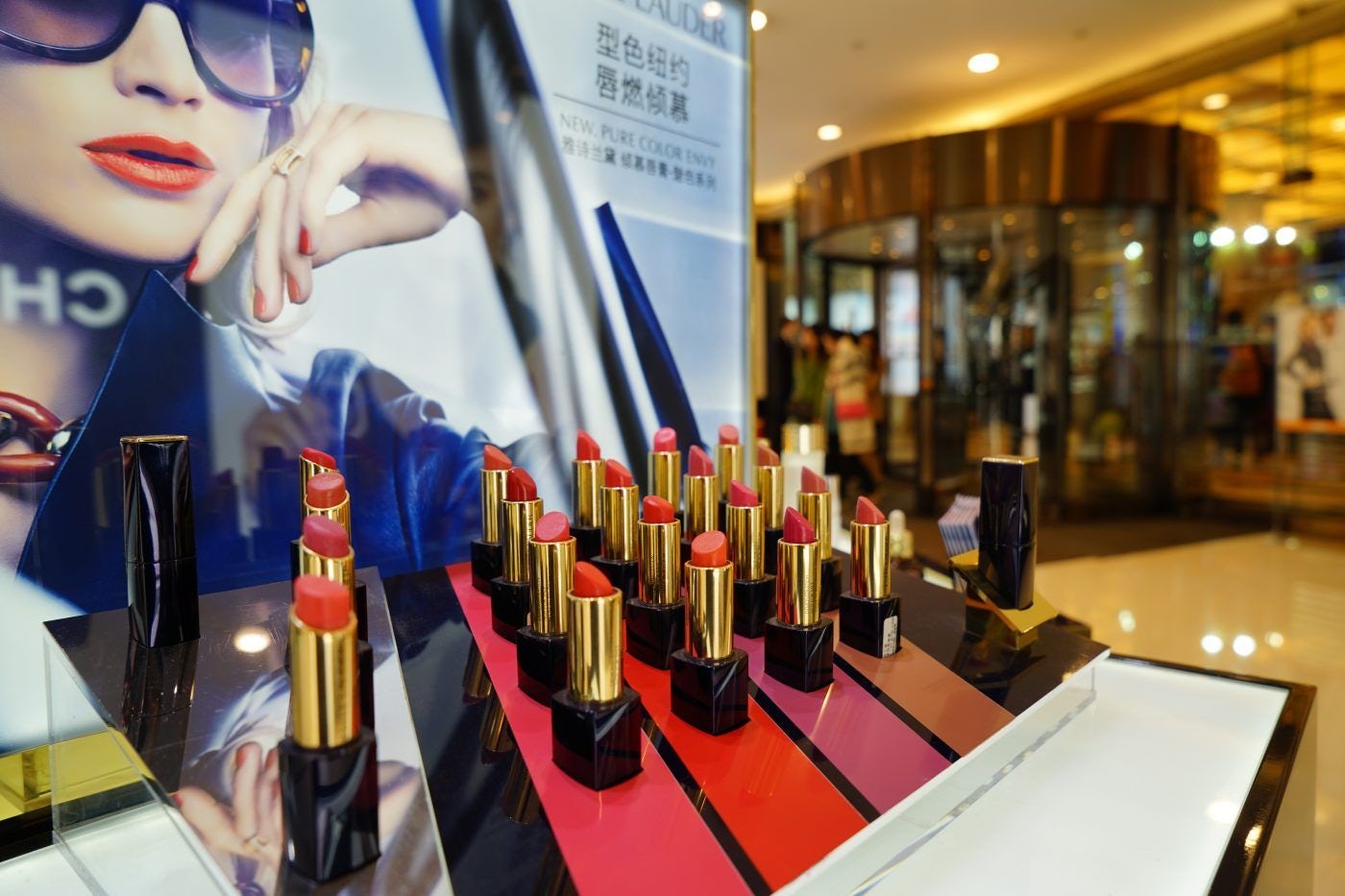Led by CEO Patrice Louvet, the American heritage luxury brand Ralph Lauren has recently shifted its business focus to the Chinese market as sales in other regions continue to falter. The pillar of Louvet's China plan is a comprehensive digital, social media, and influencer marketing strategy that utilizes the evolution of the country's online commerce market.
Ralph Lauren is a well-known fashion label among Chinese consumers owing to its classic design, particularly the Polo Ralph Lauren flagship label, that is evocative of American culture. According to statistics by Millward Brown, the brand awareness of Ralph Lauren in mainland China is as high as 83 percent, beating many of its rivals who have much higher market penetration.
This high recognition stands in stark contrast to the brand's profitability in the market. In fiscal year 2017, Ralph Lauren's revenue from mainland China only accounted for one percent of the company's total revenue.
Part of the reason for low profitability is the brand's previous challenges entering the Chinese market. Previously, Ralph Lauren's sales in mainland China were completed through licensed local partners, which caused a dilution of brand value. The company regained control of this distribution channel in 2010. Since then, it has undergone a difficult journey in re-positioning itself into a luxury brand owing to fierce competition from European luxury players.
As the country's luxury sector rebounds quickly this year, the huge gap between Ralph Lauren's sales revenue and brand awareness in China still signals unfulfilled demand and growth potential. During the past quarter, the sales of mainland China led the Asia-Pacific region to grow four percent at constant currency rate.
"We're seeing clear demand for our higher-priced more fashion-forward merchandise and a higher accessories penetration rate in China compared to other geographies, which shows opportunity," said Louvet during the brand's earnings conference call on November 2.
To cater to Chinese luxury consumers' online shopping habits, Ralph Lauren has recently opened stores on the country's major e-commerce platforms, Alibaba's Tmall and JD.com, becoming one of the few luxury labels who have a presence on both channels. The brand also participated in the recent Alibaba's "see now, buy now" fashion show ahead of China's shopping frenzy Singles' Day on November 11.
To Louvet, a Pamp;G veteran who just started in this role in July, a strong e-commerce and social media plan that accurately conveys the value of the brand is much needed to adjust Ralph Lauren's image and boost sales in China.
“E-commerce is critical for future growth,” he said, “We want to make sure we win in this channel, but we’re keen to do it in a way that builds the brand in the way we want and shows the brand the way we want to show it. ”
According to Louvet, the brand also puts a strong emphasis on the role of WeChat to communicate the brand's positioning in China as a luxury business with a strong focus on Polo.
Ralph Lauren recently launched a campaign selling a limited-edition Polo shirt on WeChat. All units were sold out within 48 hours. The brand has also utilized the app to manage customer relations and connect online and offline shopping activities.
In addition, the brand is working on finding the right local influencers and key opinion leaders (KOLs) to work with. Looking forward, Ralph Lauren expects to increase annual revenue from the Chinese market to about 500 million in five years from the current 170 million.


